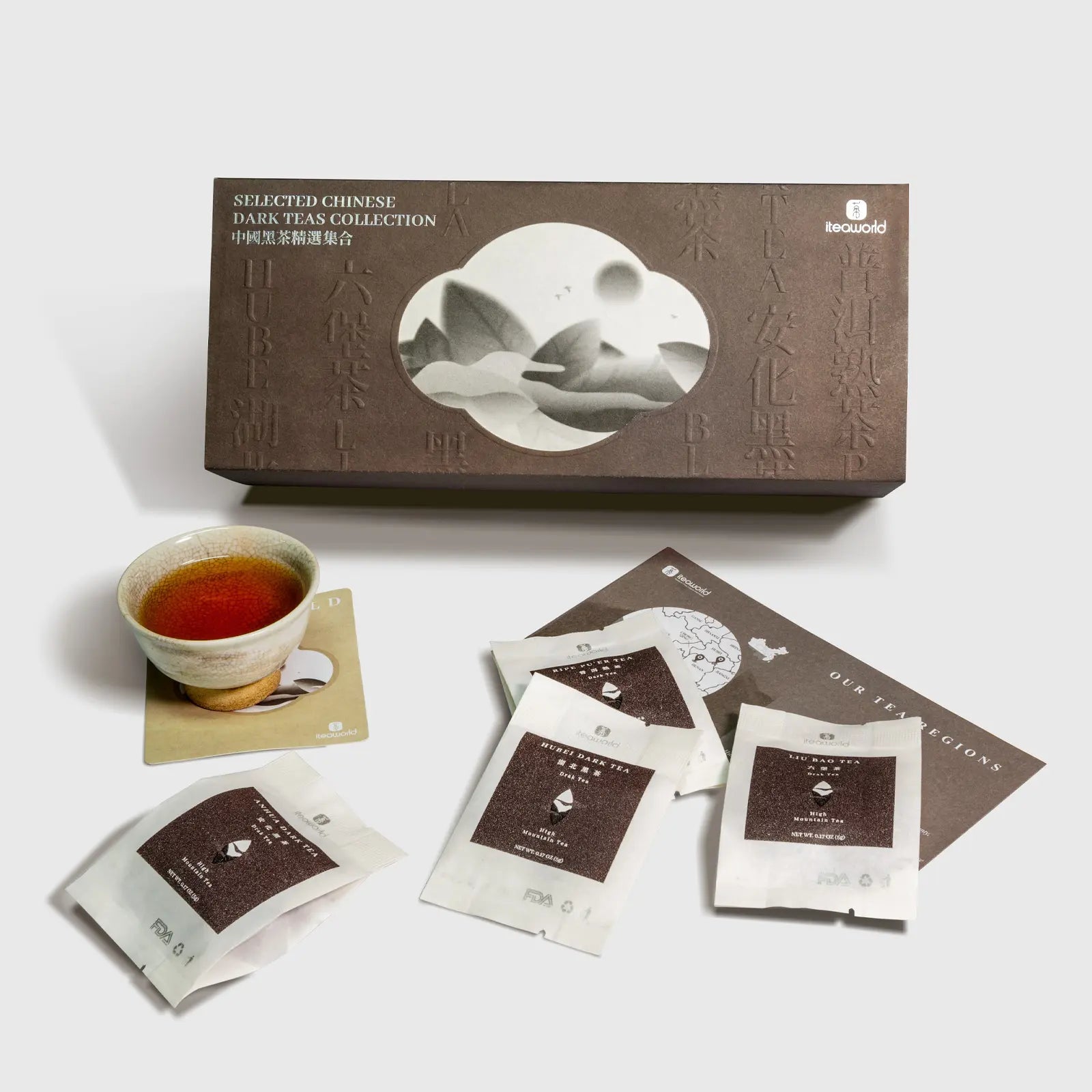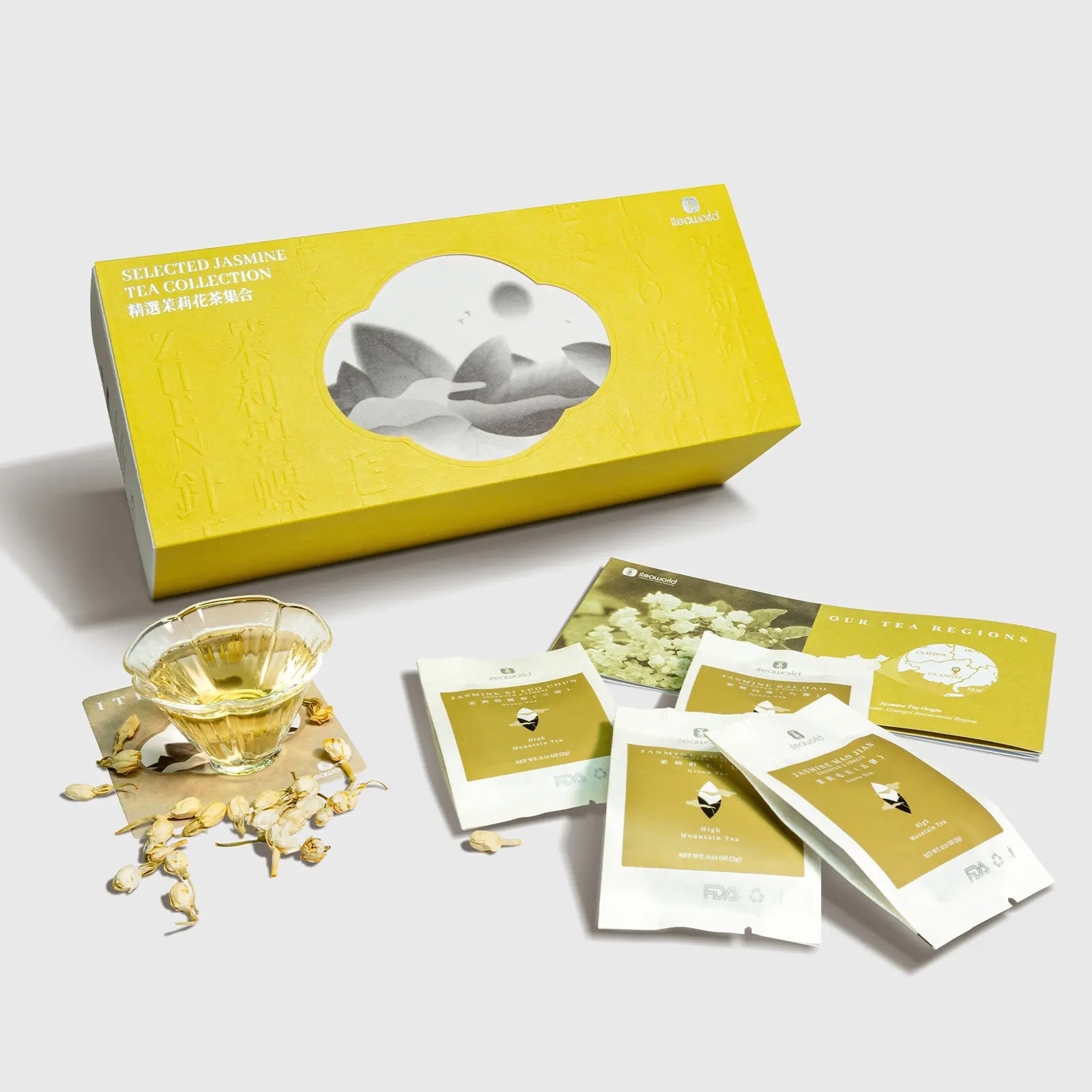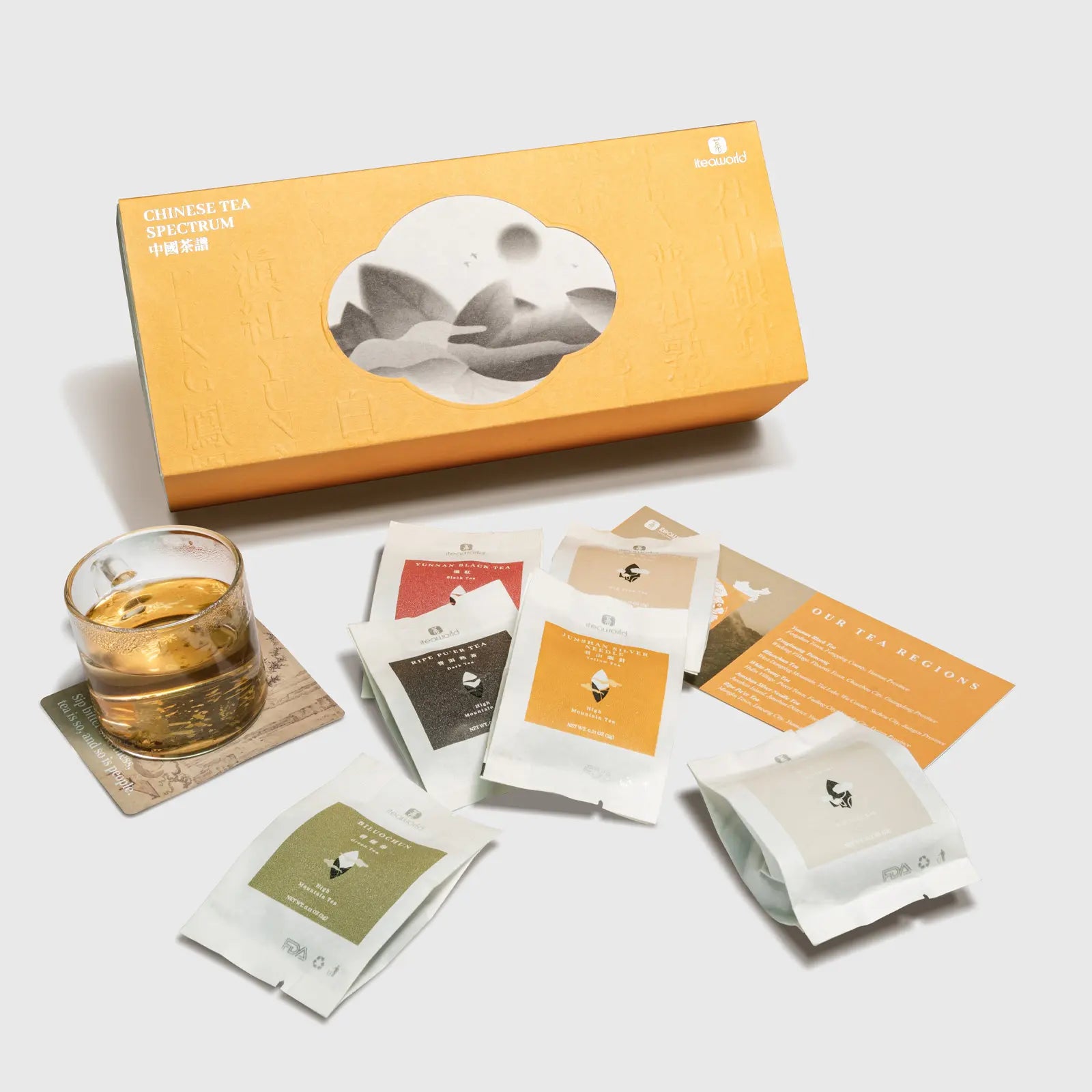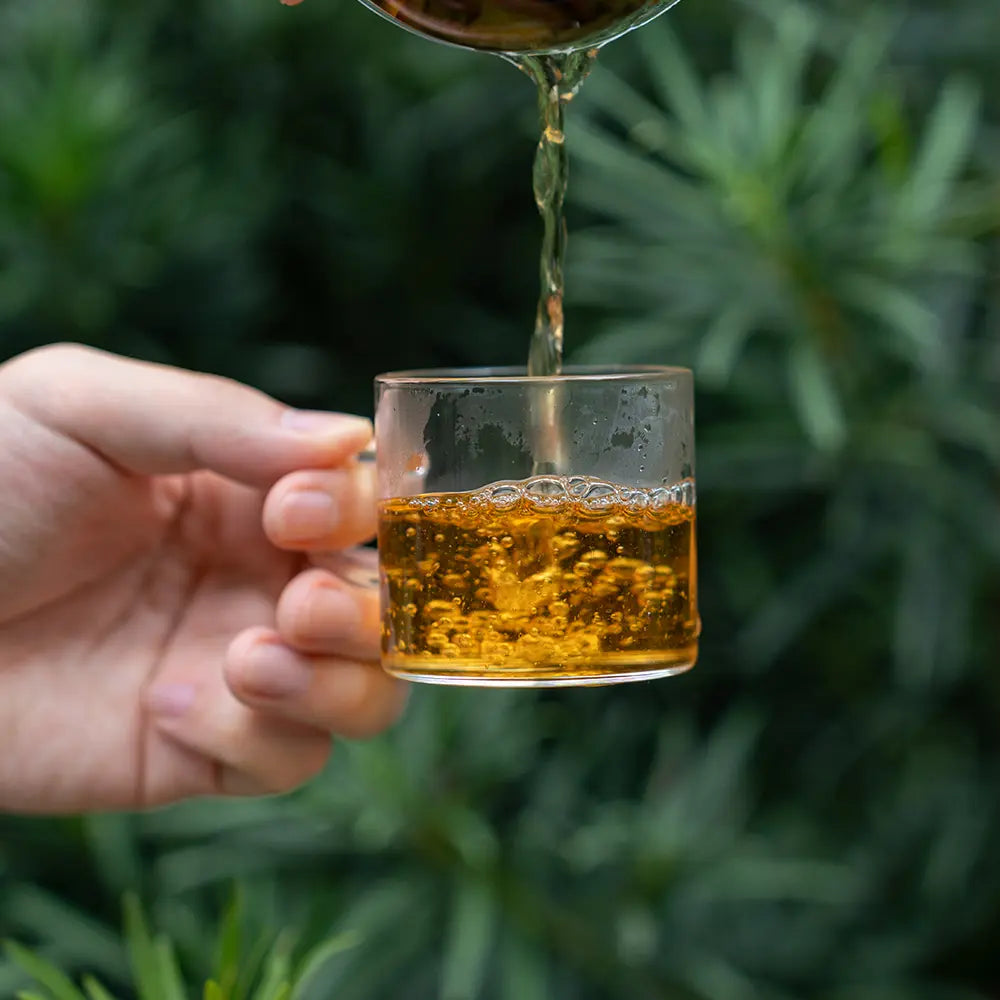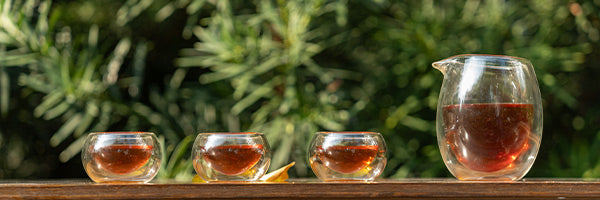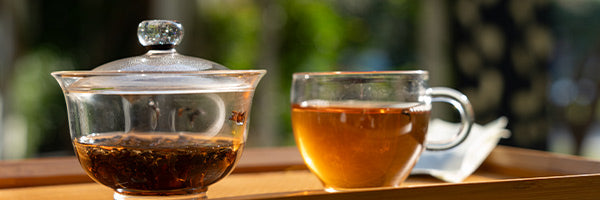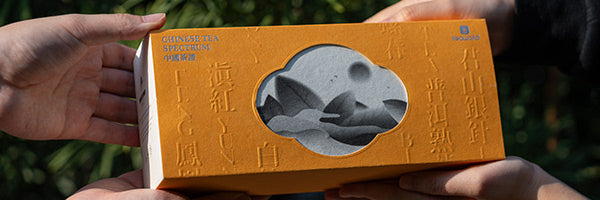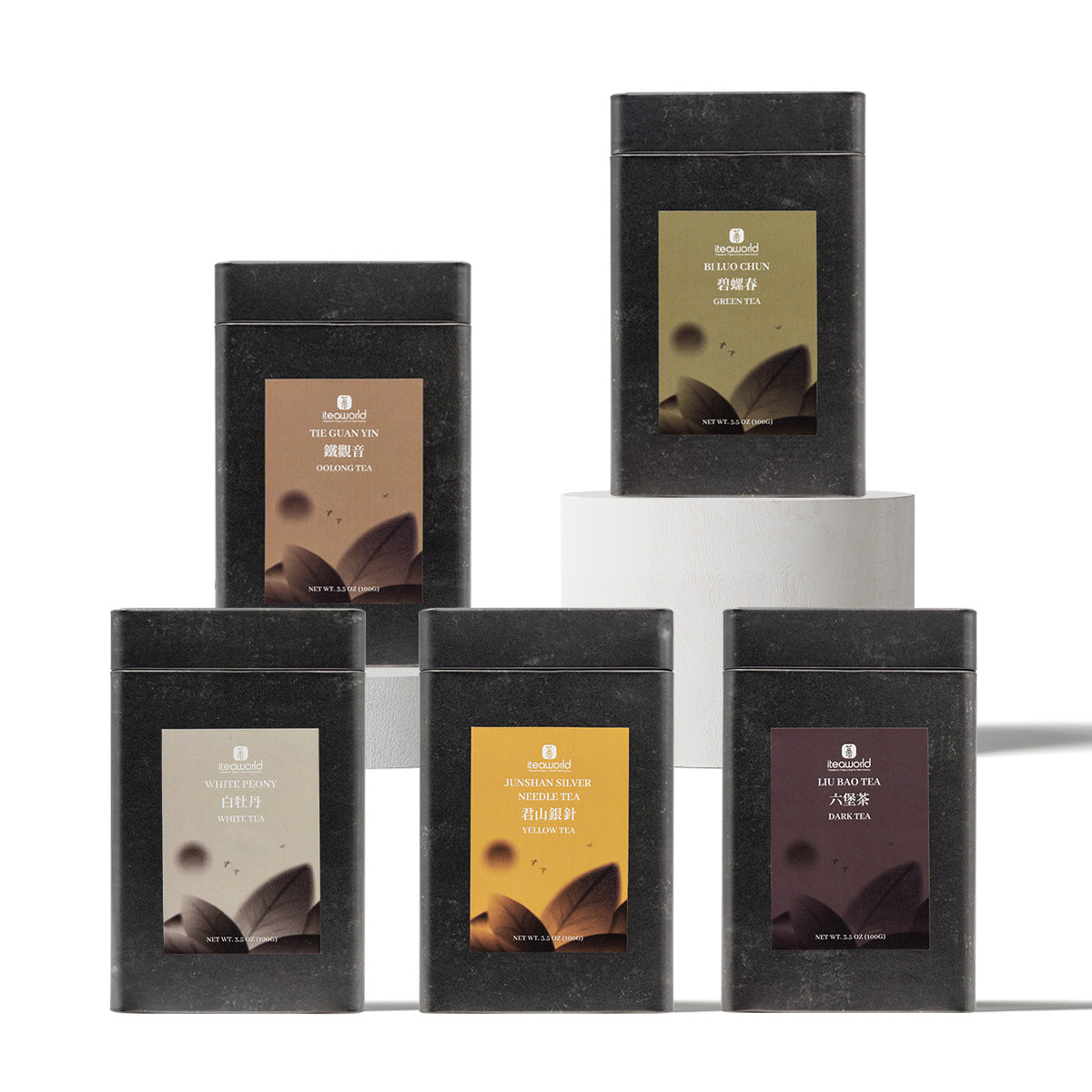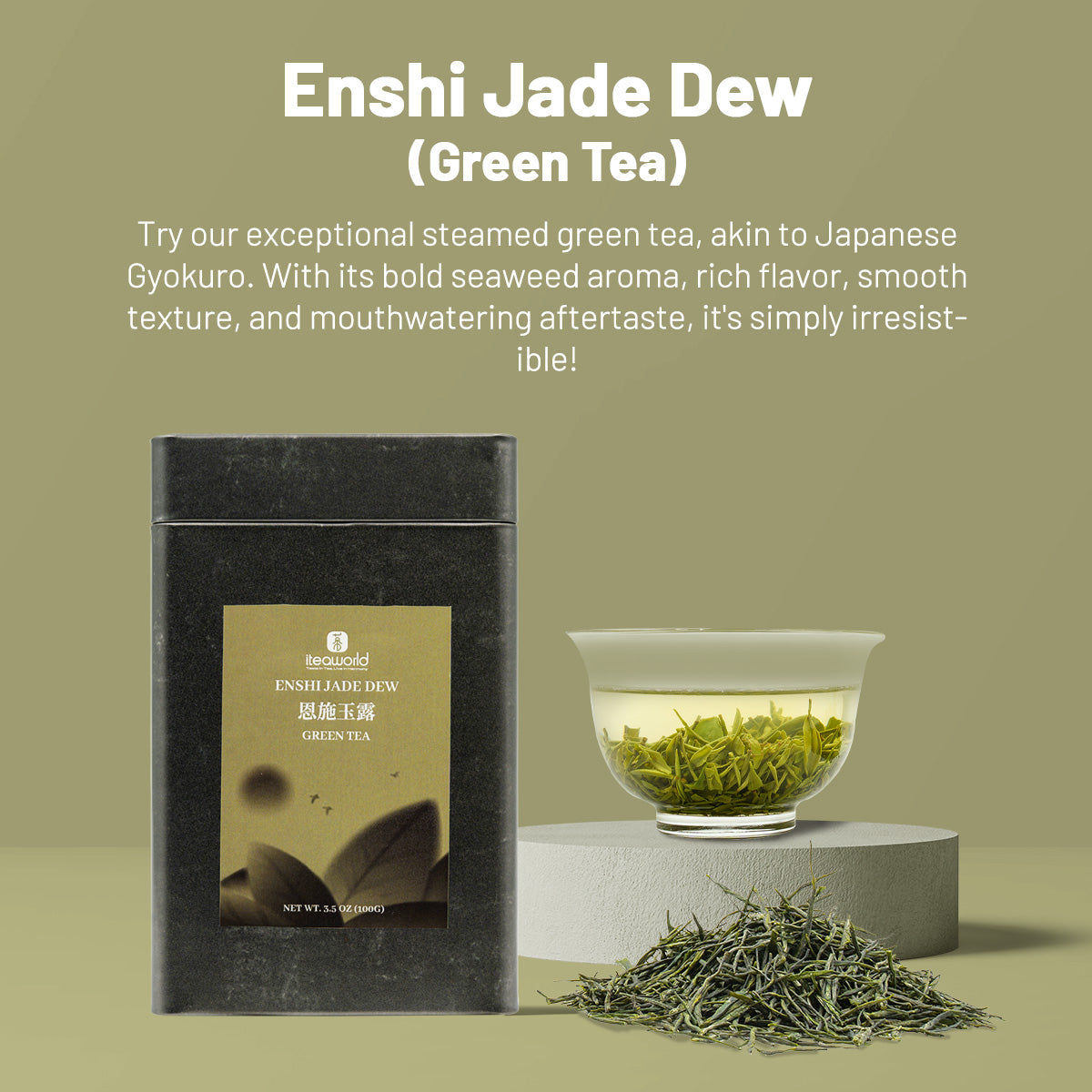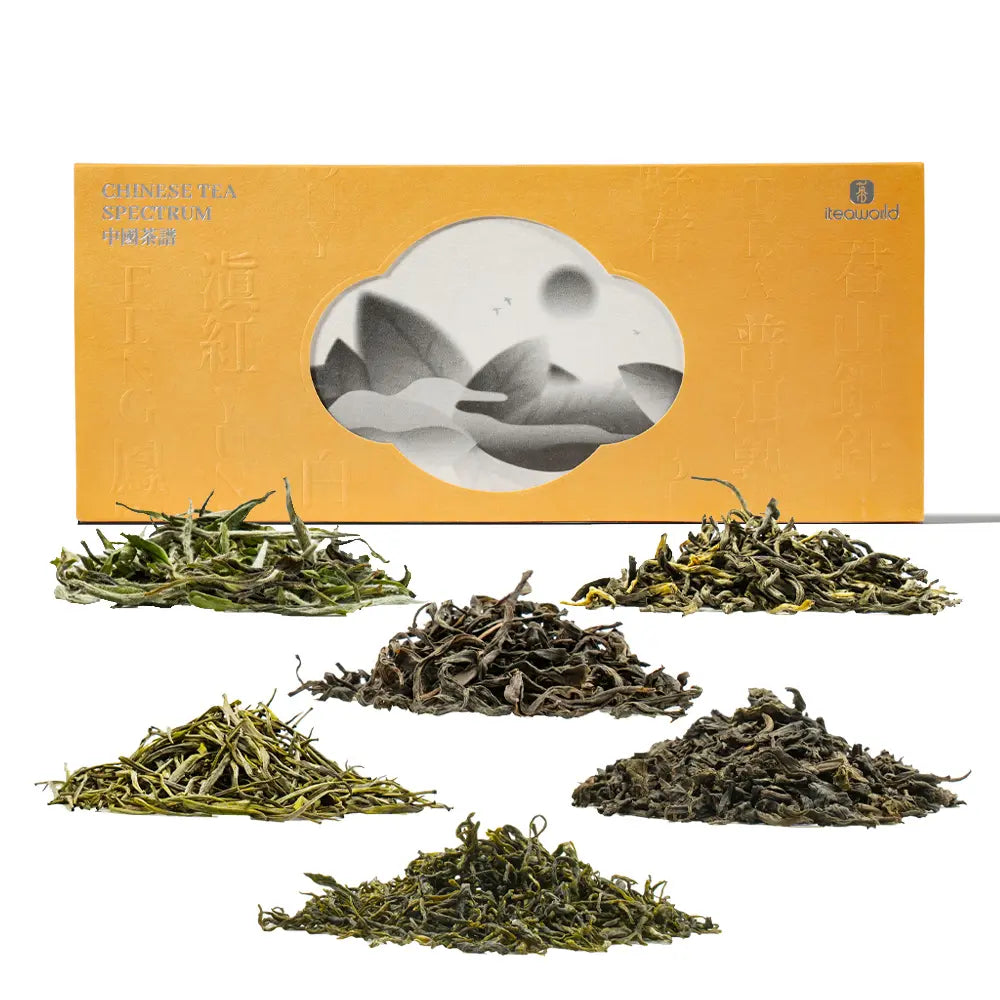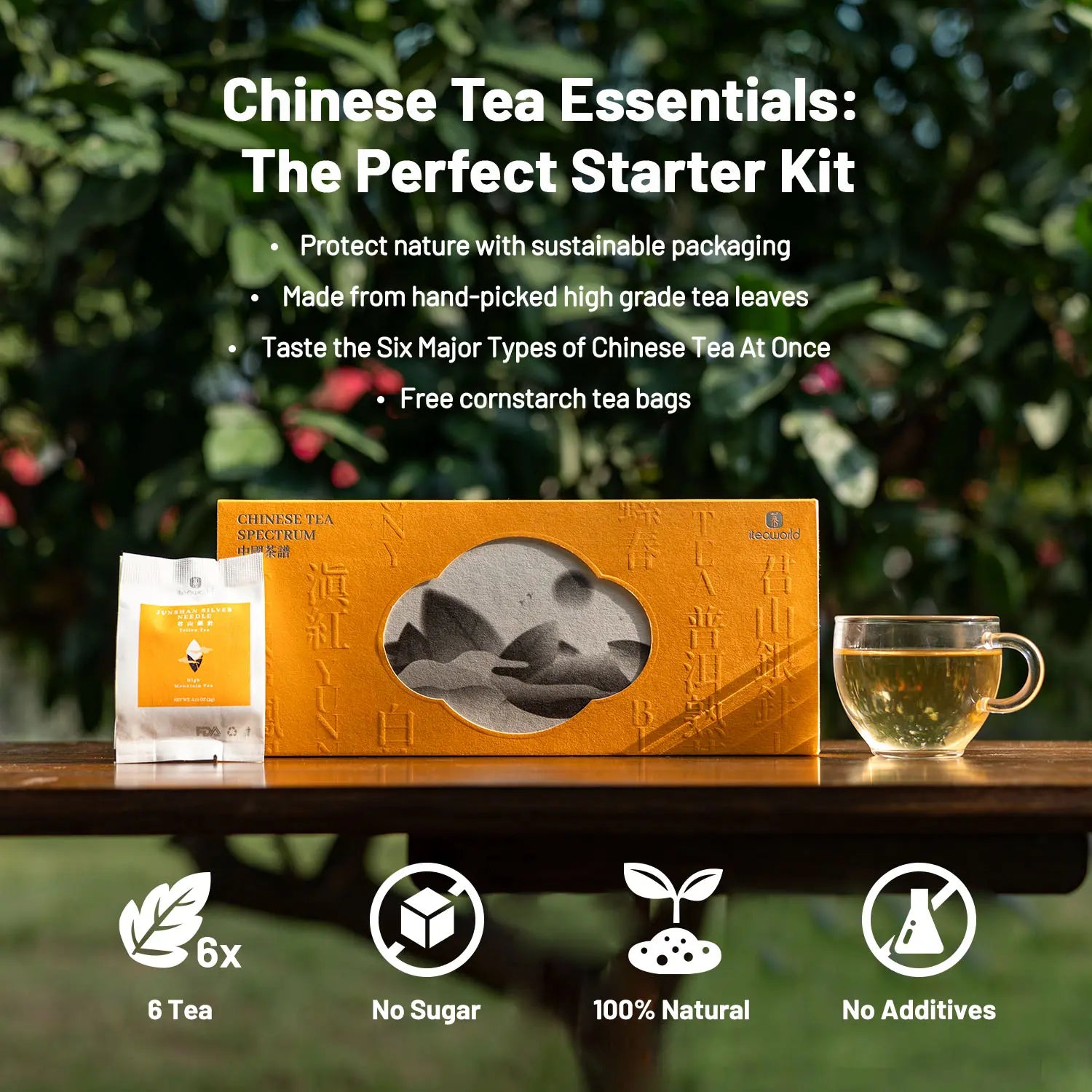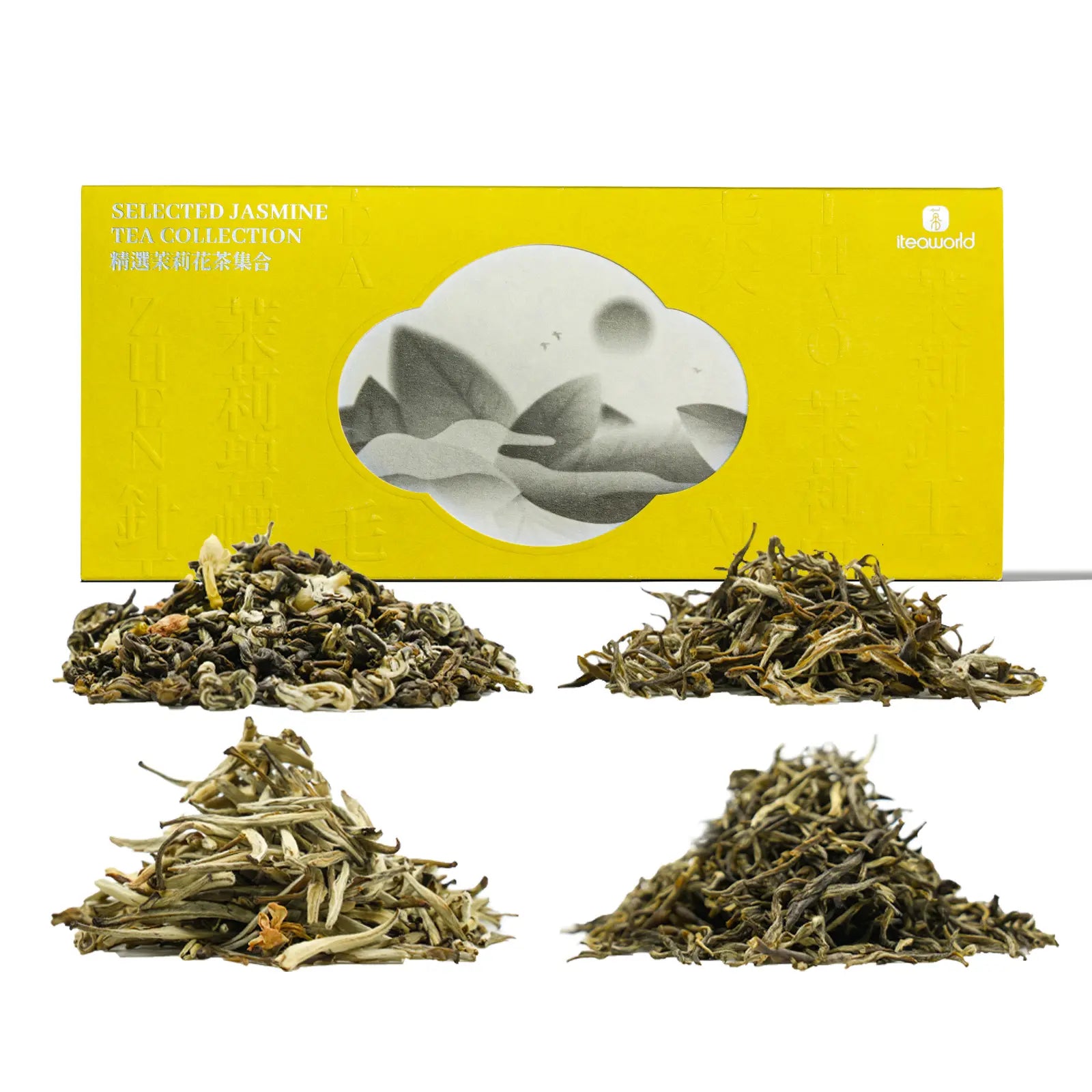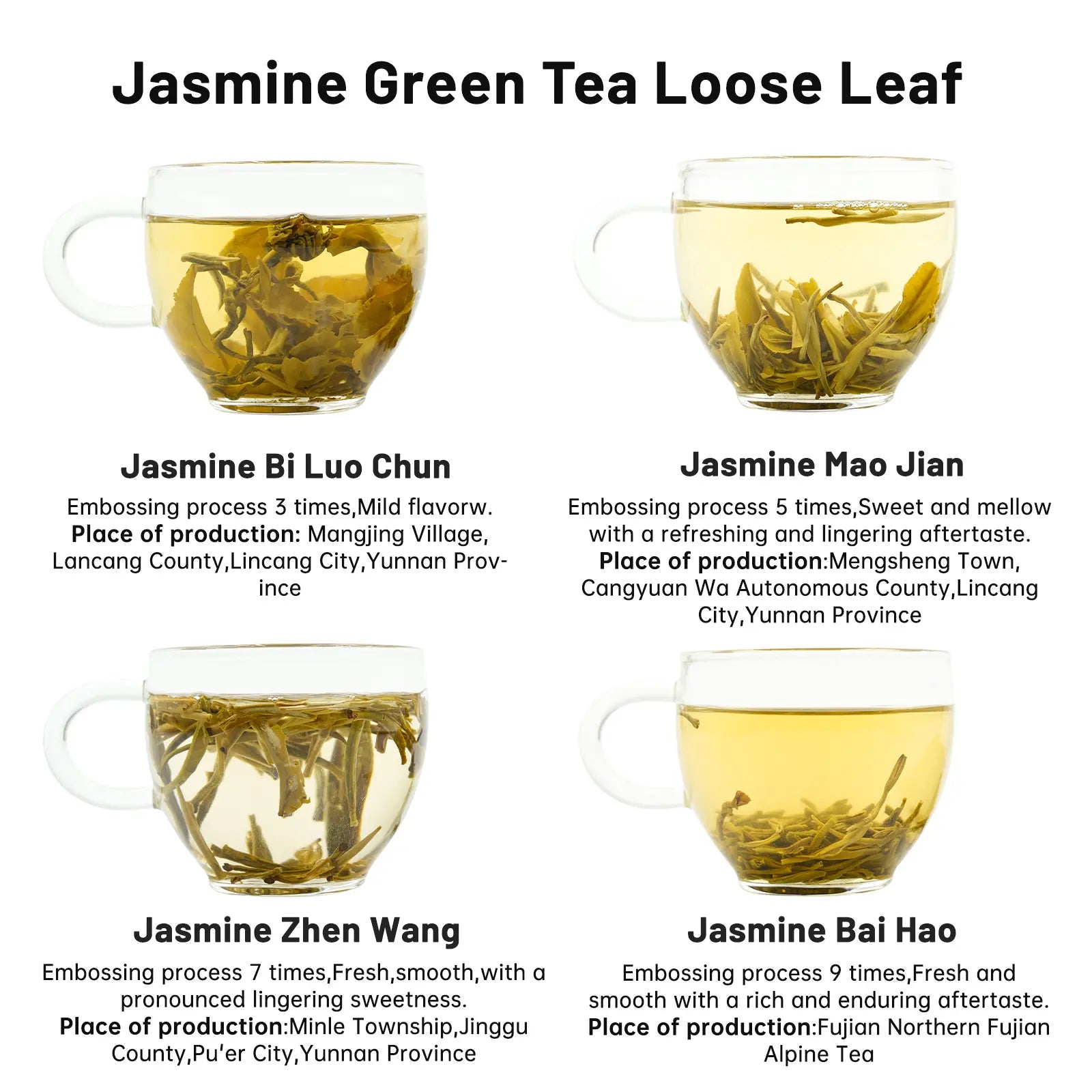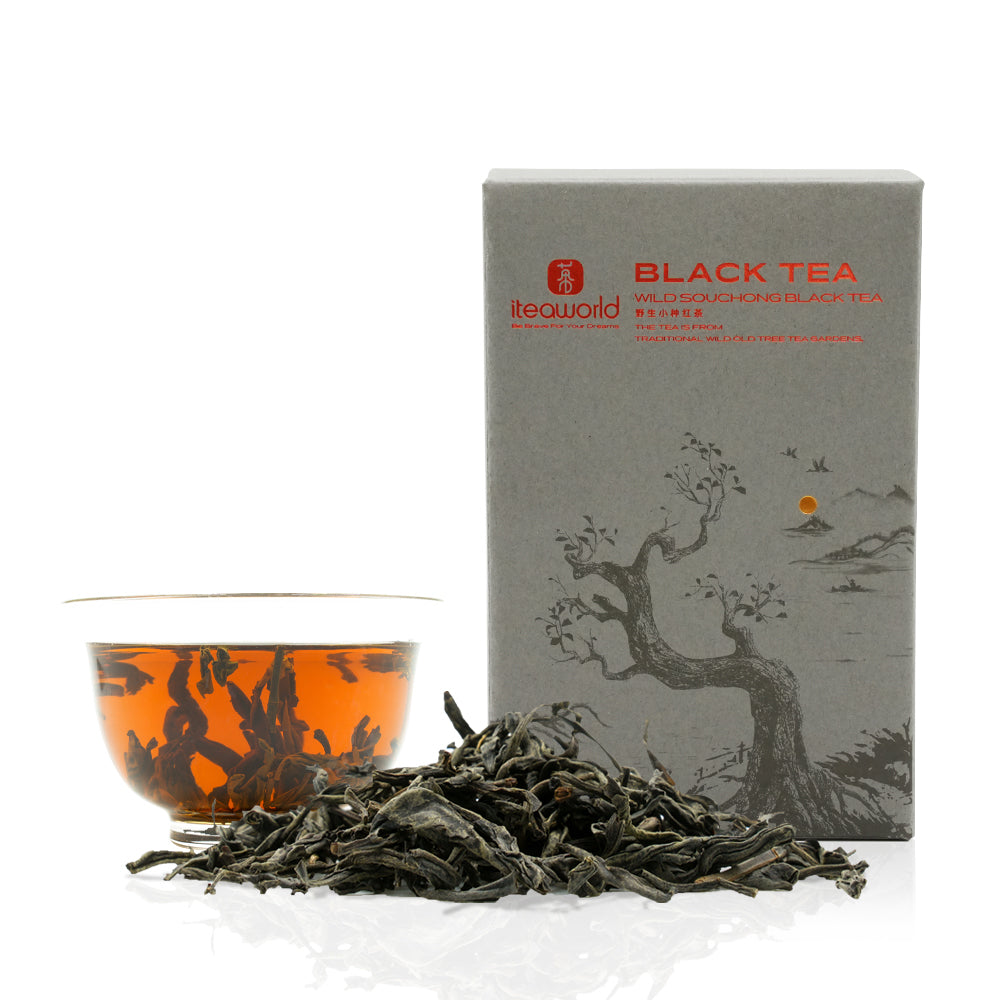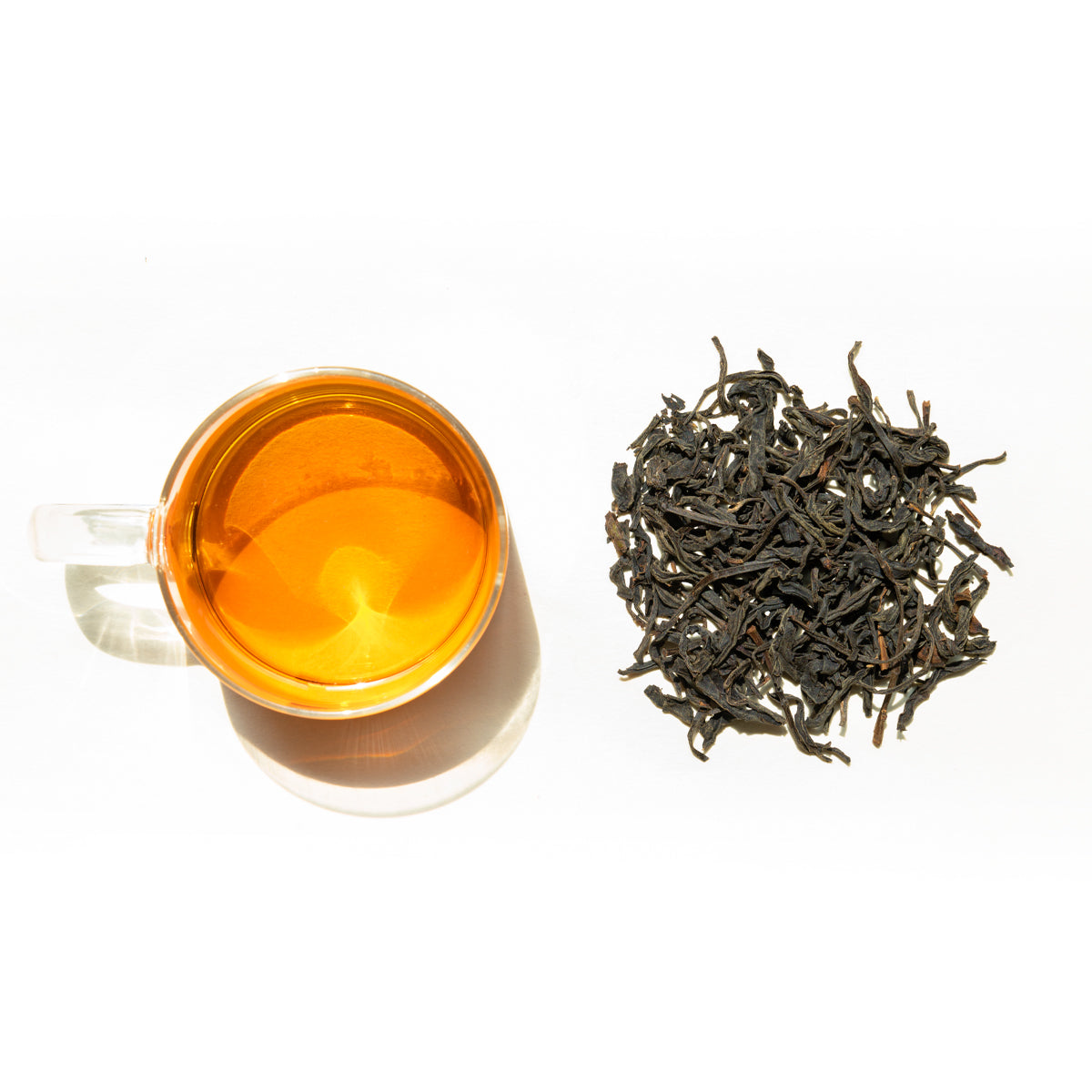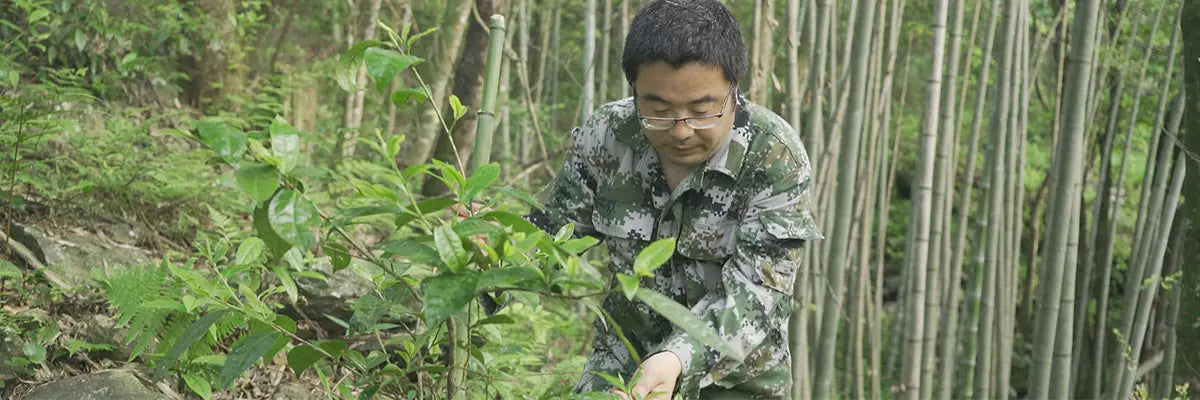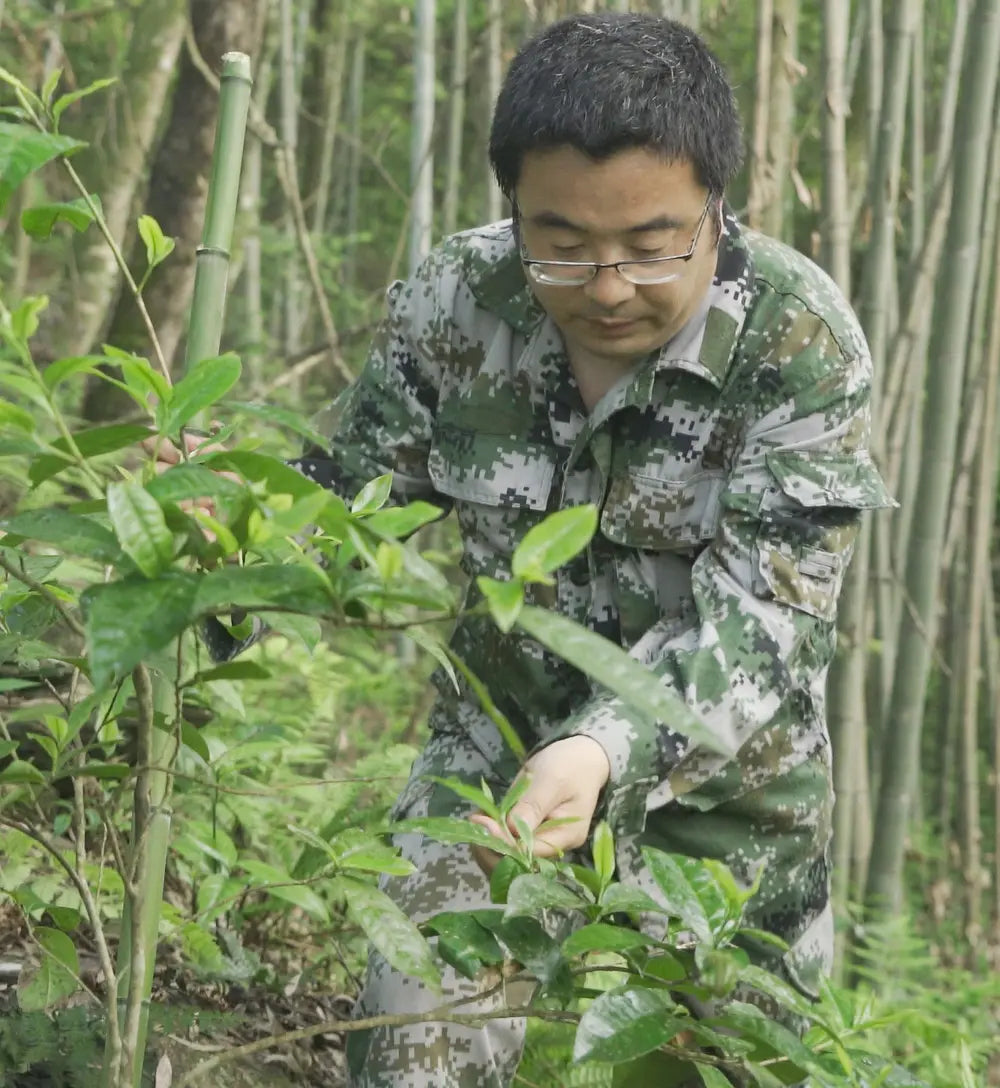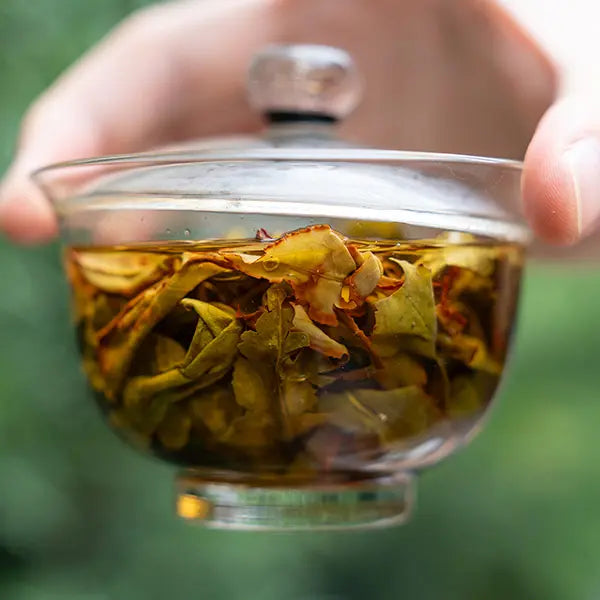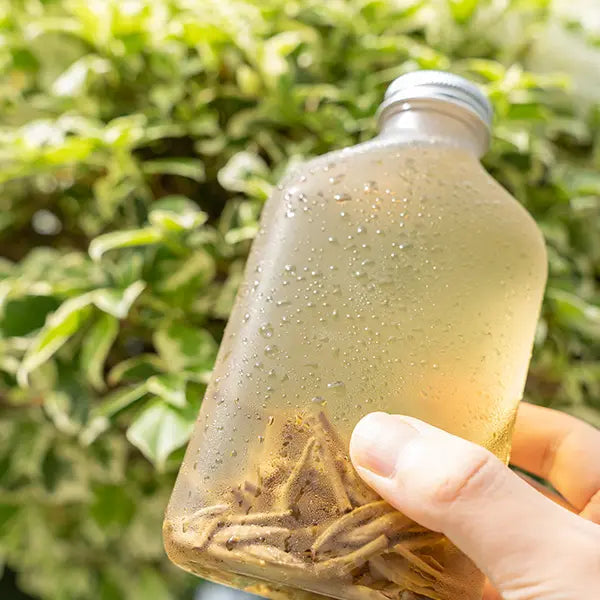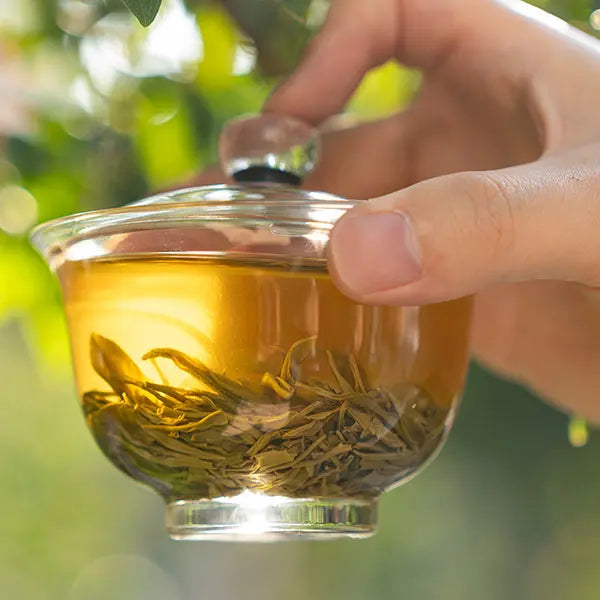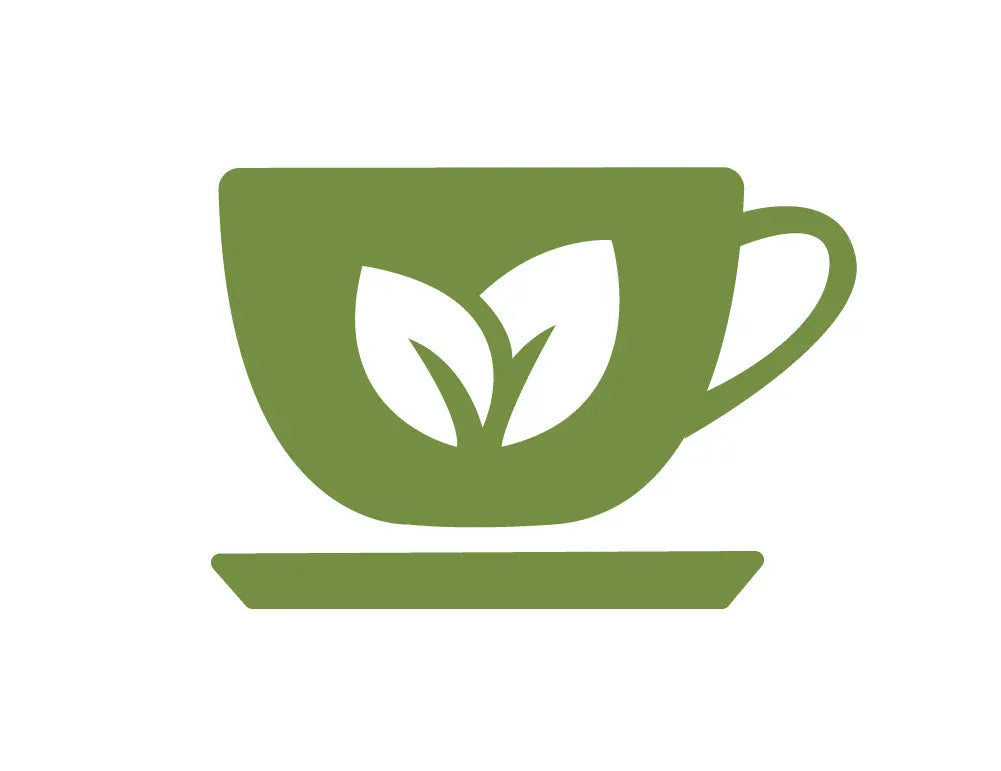Compared to tea from Chinese tea plantations, Chinese wild tea is relatively niche, but it has also garnered much love from enthusiasts.
Chinese wild tea refers to tea made from the fresh leaves of wild tea trees. Depending on different processing techniques, wild tea is classified into various categories such as wild loose leaf green tea, wild loose leaf black tea, wild loose leaf oolong tea, and wild loose leaf dark tea.
Chinese wild tea trees are those that grow in natural outdoor environments, where their growth process is untouched by human intervention. These trees reproduce through seeds, coexist with wildlife, participate in natural competition, and exhibit robust vitality.
What Makes Wild Tea Special?
China already produces a large quantity of high-quality Chinese tea from tea plantations, so why has wild tea received so much attention? It's because of some unique aspects of wild tea compared to plantation tea.

- Sexual reproduction varieties:
Tea trees in plantations are mostly propagated by cuttings, resulting in fixed genes and varieties. Wild tea trees, on the other hand, reproduce through seeds, leading to genetic randomness. Additionally, sexually reproduced wild tea trees often have more developed root systems, enhancing their ability to absorb nutrients from the soil.
- Symbiosis with other flora and fauna:
Tea plantation trees grow in artificially managed environments with minimal presence of other flora and fauna. In contrast, wild tea trees grow scattered in natural outdoor environments, coexisting with various trees, shrubs, and wildlife.
- Limited yield:
The growing area of wild tea trees is much smaller compared to tea plantations. Due to no human intervention, wild tea trees that grow in the wild for decades are often small, and the amount of fresh leaves available for harvest is minimal. Therefore, the yield of wild tea is much lower than that of plantation tea.
Wild Tea Trees Generally Thrive in Superior Growing Environments
Some Chinese teas are regarded as among the best loos leaf tea, and their popularity is closely linked to the excellent growing conditions of their tea trees. Da Hong Pao, known as one of the best oolong tea, is a typical example. Seasoned tea drinkers can discern subtle differences in taste.
The places where wild tea trees grow are often remote and inaccessible to most people, boasting superior natural conditions. Typically, only locals who frequently venture into the mountains are aware of the distribution of these wild tea trees. Based on our observations, wild tea in a region is often picked and consumed by locals for many years before it spreads on a small scale.
The quality of wild tea in the same region also varies. Generally, wild tea picked from areas with better natural environments in deep mountains tastes better than those picked from nearby mountains. This is the result of local tea pickers and producers' years of experience in tea harvesting and processing.

Organic and Safer
Most tea plantation trees involve the use of fertilizers and pesticides during their growth to increase leaf yield and prevent pest damage.
The growth process of wild tea trees is untouched by humans, with no involvement of pesticides or fertilizers. Therefore, wild tea is genuinely organic loose leaf tea, safer, and healthier. Wild tea makes excellent tea gift sets for family and friends.
So, do all loose leaf tea labeled as wild tea not contain fertilizers or pesticides? This cannot be confirmed. Soil or water pollution in local wilderness areas or the spraying of pesticides and fertilizers on vegetation near wild tea trees may occur. Therefore, when purchasing wild tea, it is essential to understand the origin of the wild tea and whether there are corresponding tests and organic certifications.
However, overall, the likelihood of wild tea containing pesticides and fertilizers is much lower than that of plantation tea.
What Are the Characteristics of Wild Tea in Terms of Taste?
Wild teas from different regions each have their own unique flavors. If you have the opportunity, exploring and tasting them would be a fascinating experience. Feel free to use a loose leaf tea sampler to explore the different tastes of tea.
After tasting wild teas from various places, we have identified some common characteristics in their taste.
On one hand, teas of the same type produced from wild tea trees, such as black tea, tend to have a richer taste and a more vibrant tea color.
On the other hand, wild teas are known for their strong aroma. Whether it's freshly picked leaves or brewed tea, the fragrance is distinct and uplifting when held in the hand.


